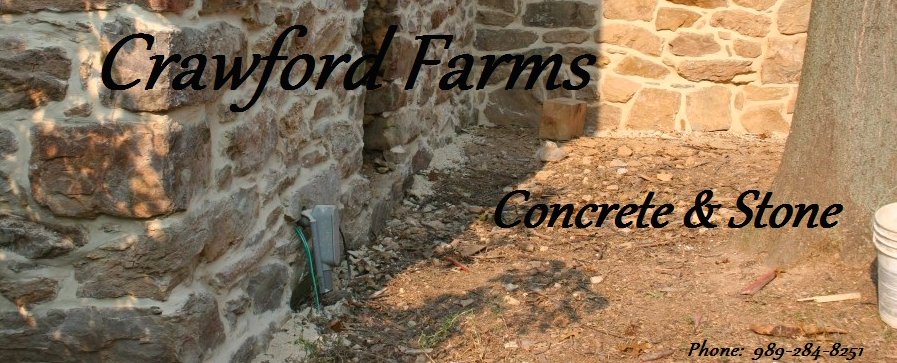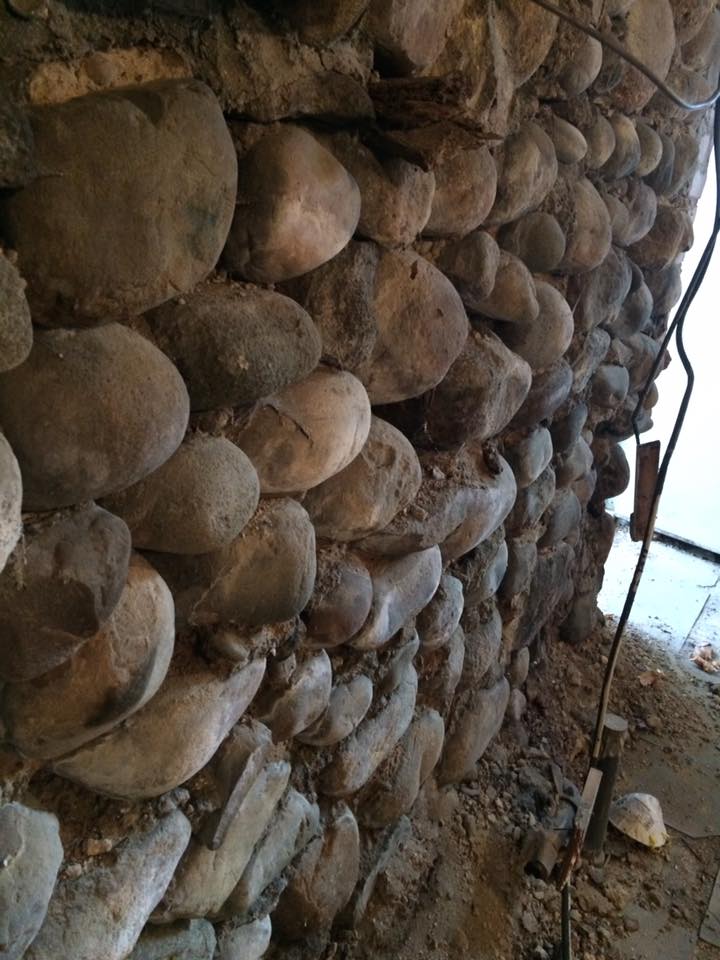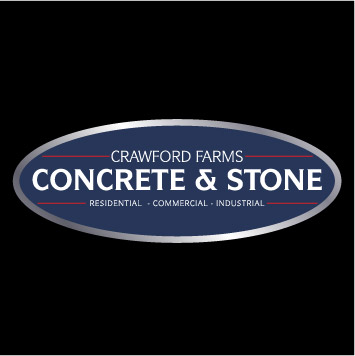Field stone retainer walls are a popular choice for landscaping and outdoor construction projects. We are a stone retainer wall contractor which basically means we are laying stone with mortar joints. Stone retaining walls are durable, long-lasting, and provide a natural, rustic look that blends seamlessly with the surrounding environment. In this article, we will explore the process of constructing a field stone retainer wall and provide tips for ensuring a successful and stable end result.
Field Stone Retaining Wall Construction Steps
The first step in constructing a field stone retainer wall is to plan and prepare the site. This includes determining the location and dimensions of the wall, removing any existing vegetation, and leveling the ground. The base of the wall should be dug out to a depth of at least six inches and filled with gravel or crushed stone for drainage. A layer of landscape fabric can be placed over the gravel to prevent soil erosion.
Next, it is time to begin laying the stones. Field stones come in a variety of shapes and sizes, so it is important to choose stones that are well-suited to the task at hand. Larger, flatter stones should be used for the base of the wall, while smaller, rounder stones can be used for the upper layers. Stones should be placed tightly together, with any gaps filled in with smaller stones or mortar.
One of the challenges of constructing a field stone retainer wall is ensuring that it is stable and able to withstand the weight of the soil behind it. This can be achieved through the use of a “deadman” – a long, flat stone buried behind the wall and anchored to a stake in the ground. This helps to distribute the weight of the soil and prevent the wall from tipping over.
Another important consideration is drainage. A well-designed field stone retainer wall should allow water to flow through it, rather than accumulating behind the wall and putting pressure on it. This can be achieved through the use of weep holes – small gaps between the stones that allow water to escape. It is also important to ensure that the slope of the soil behind the wall is appropriate to prevent excess water buildup.
Overall, the construction of a field stone retainer wall requires careful planning, attention to detail, and a willingness to get your hands dirty. However, the end result can be a beautiful and functional addition to any landscape. Whether you are building a retaining wall to prevent erosion, create a raised garden bed, or simply add some visual interest to your yard, a field stone retainer wall is a versatile and timeless option that will last for years to come.


